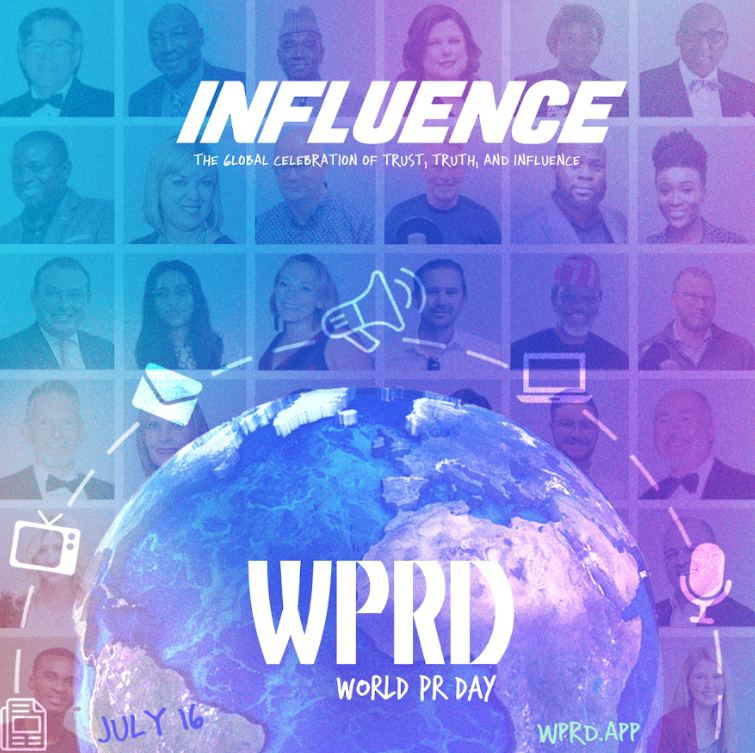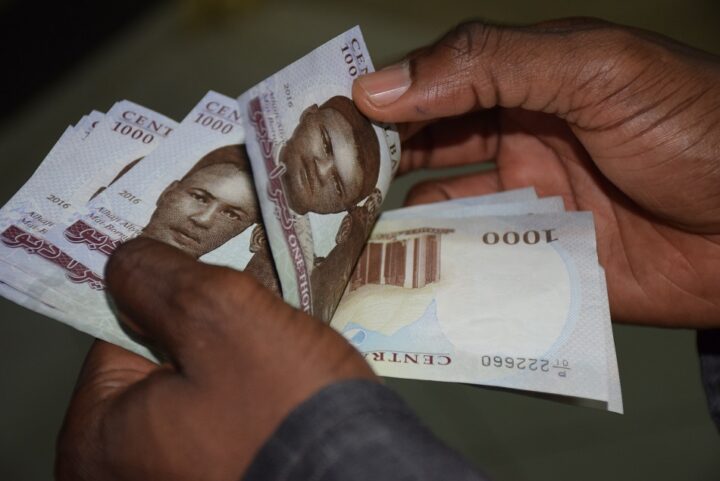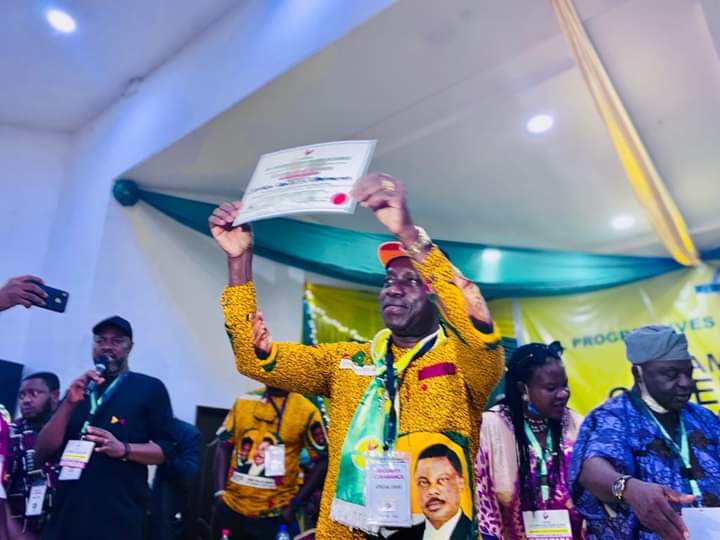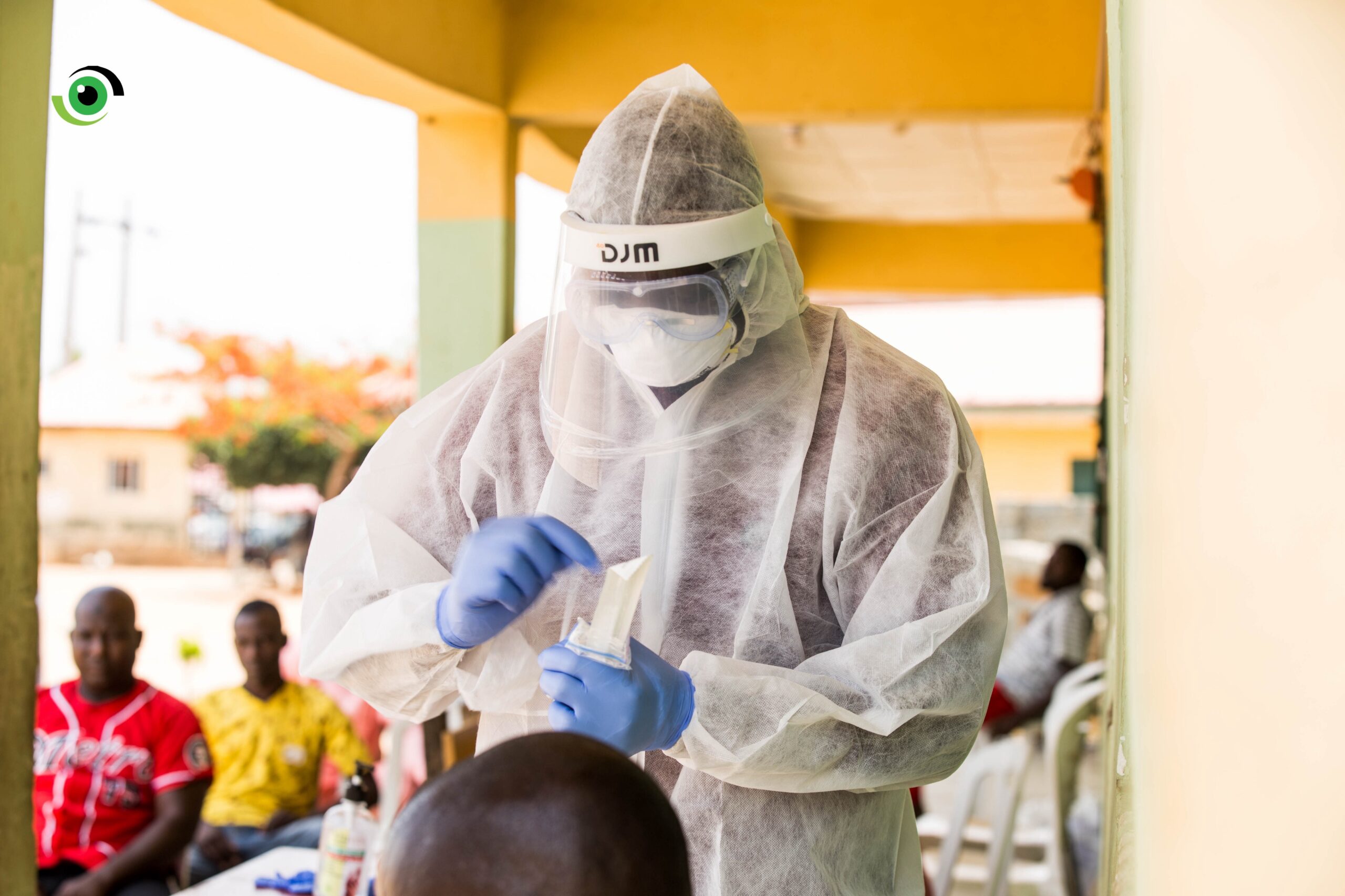BY TUNDE ABOABA
When I’m at a gathering and I get the question, “What do you do for a living?”, my heart sinks. Not because I do not take pride in the profession, but because I know I will have to answer or clarify several things about said profession after. But I answer anyway. “Public relations,” I say. And then the misconceptions follow.
“Oh, is that like writing sweet stories and giving publicity?” they ask.
“It’s much more than publicity. And it’s not about writing sweet stories,” I respond, slightly miffed at the reductive description of the profession. The long and short of these types of conversations regarding public relations is that the uninformed end up being impressed by the vast range of functions PR covers, or even more confused.
Advertisement
For an industry tasked with the building, maintenance and sustenance of images and the positive and accurate projections of identity, PR, ironically, has an image problem. And some of these misconceptions are self-inflicted, while some of them are caused by its past, its propensity to evolution and innovation, and its origin, which we will revisit in a quick history lesson.
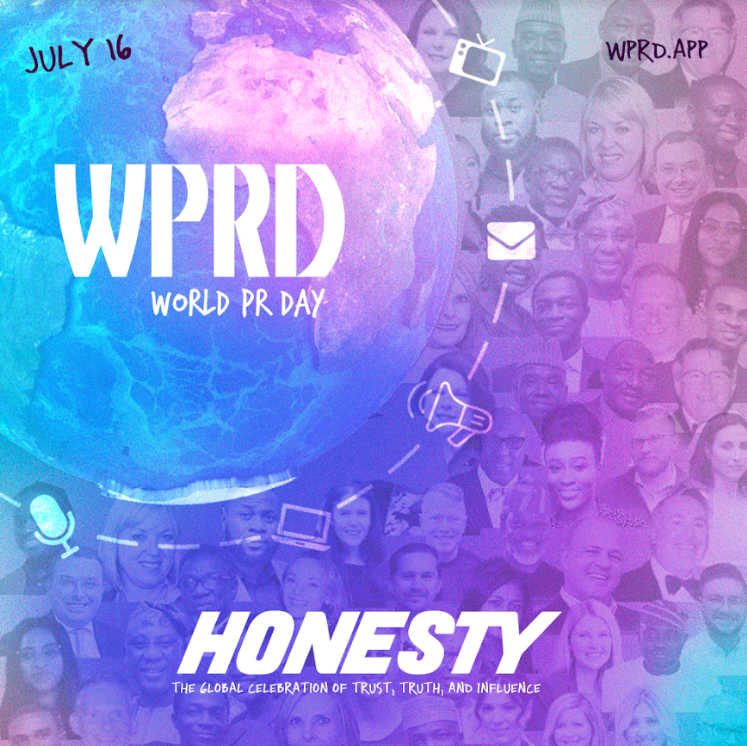
Compared to other fields, public relations is a relatively new and growing line of work. As a result, different meanings of the term have been conceptualised. Although the application of the meaning of the concept must be tailored to the needs and resources of each organisation, public relations is essentially an interdisciplinary and applied art and social science with the primary aim of reconciling the public interest with private reward. The concept of public relations, over the years, was conflated with other communications concepts such as promotion, propaganda, marketing and even advertising and these misconceptions can be traced to its origin.
Advertisement
Many historians trace the origin of public relations back to 49 BC when Julius Caesar publicised his military exploits and achievements to shape the public opinion of Romans that he would make the best head of state—a practice which is still used in mass media by political candidates today. However, the origin of contemporary public relations began at the turn of the 20th century when Ivy Lee, one of the two forefathers of contemporary public relations, started working as an advisor of John Rockefeller, in 1903.
The publicity expert was responsible for Rockefeller’s reputation boost after a crisis caused by a series of strikes in the coal mines. Ivy Lee is also believed to be the author of the first press release, after a major rail crash in Atlantic City in 1906.
The other forefather of contemporary public relations was Edward Bernays, who is regarded as the ‘Father of Public Relations’ and author of the influential book, Propaganda. A nephew of Sigmund Freud, the father of psychoanalysis and also the founder of a theory which explains human behaviour, his PR strategies were greatly influenced by his uncle’s theories on behavioural psychology. In his seminal work in 1928, Propaganda, Bernays posited that the “conscious and intelligent manipulation of the organized habits and opinions of the masses is an important element in a democratic society.”
Having seen how effective propaganda could be during war, Bernays wondered whether it might prove equally useful to corporations to influence the customer and consumer in a more subtle form during peacetime. However, propaganda had gained a somewhat pejorative connotation (which would be further magnified during World War II), so Bernays coined and promoted the term “public relations” in its place. One could argue that it was at this juncture, this single masterstroke decades ago, that kicked off the many misconceptions around modern public relations.
Advertisement
Tracing the technological developments and changing roles of PR through the subsequent years, it then became necessary to properly define the practice and dissociate it with dated conceptions. The Public Relations Society of America (the American counterpart of the Nigerian Institute of Public Relations), in 1982, first attempted to provide the definitive definition of the practice. However, following discussions suggesting that PR professionals still struggled with the question, “What is PR?” and many corporate executives and managers misrepresenting it, they made a second attempt at defining it in 2011, eventually concluding that “Public relations is a strategic communication process that builds mutually beneficial relationships between organizations and their publics”. This definition would then encompass the vast functions of PR which include Corporate Communications, Crisis Communications, Executive Communications, Internal Communications, Investor Relations Communications, Media Relations, among others.
Yet, with this definition, PR is still misrepresented and misunderstood, culminating in businesses regarding it as an afterthought and often relegating it to the shadows. Indeed, PR practitioners should shoulder some blame too, as efforts made to correct the wrong perception of the profession need to be more compelling.
Now, more than ever, people, businesses, and countries, need to recognise public relations in its full spectrum of functions as a strategic aspect of business and governance, invaluable in building relationships, preventing crises, achieving business objectives; pushing national interests, and preventing conflict, situations, and crisis that could ruin a company or even lead a nation to war.
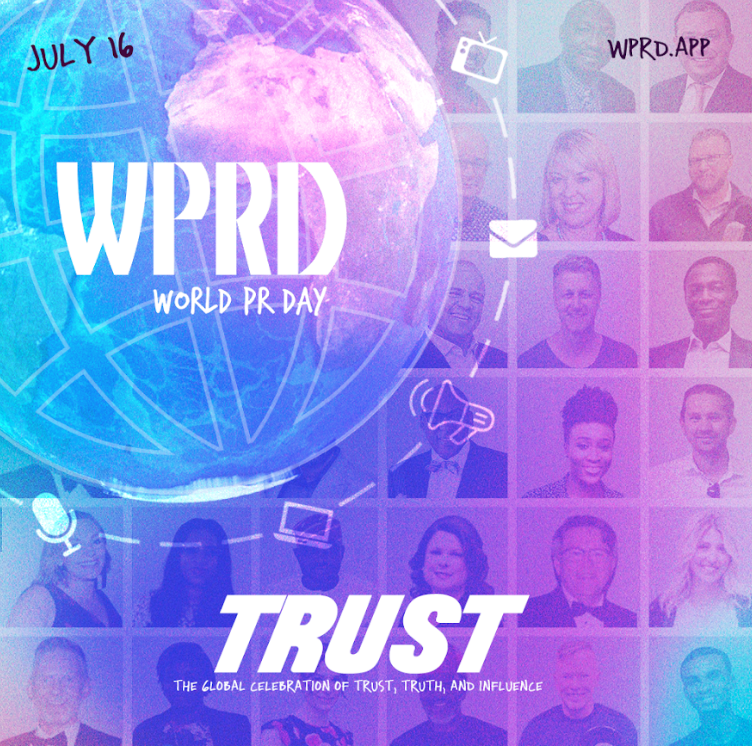
Advertisement
But the war is not lost. With the revenues of the public relations industry growing by over 50% in recent years, it has become necessary to forge ahead with efforts to restore the respect and consideration PR deserves. World PR Day is our answer to solving these longstanding issues. It is a day dedicated to truth, honesty and reputation management in a way that’s not only important to all practitioners across the globe but also presents a unified global agenda towards making the world understand and utilise PR better.
It is important to note that when COVID-19 plunged the world into a bleak health crisis, public relations found itself in a position to steer brand engagement rather than being relegated to the supporting role which it has kicked against for so long. Companies needed to articulate their support of communities, suspend aggressive selling of their products and services and focus on providing any form of relief to audiences and consumers to make them more comfortable in these uncertain times. Companies needed to communicate in a manner that would not present them as tone-deaf, and there was no better industry to drive this than PR.
Advertisement
The public interest took precedence over bottom-line benefit and the crisis made a different kind of creativity more necessary than ever – intertwined with thoughtful messaging, perception management and issues mitigation and this was second nature to PR. A fitting example of companies that saw the need for this kind of creativity was Coca-Cola, who diverted their advertising budget towards providing relief and seeking counselling regarding how to engage key stakeholders during and after the crisis.
In 2018, a viral video sparked outrage over the inappropriate and unlawful arrest of two black men at a Philadelphia Starbucks, after a white manager called the police on them in another case of racial discrimination. What could have dealt a major, long-lasting blow to Starbucks’ reputation ended up being a moment for them to shine and demonstrate their stance on the issue, with the help of an effective PR response.
Advertisement
After the video of the arrest went viral, Starbucks was subject to local and international furore – Mayor Jim Kenney condemned the actions of the parties involved; protests broke out, and outrage intensified on social media. The time came for Starbucks to save themselves from this growing backlash, and they knocked it out of the park in flying colours. First, they issued a sincere apology to the public, expressing regret at the situation. The action that followed backed up the statement. In what was an unprecedented move, they announced the closure of 8,000 U.S. stores to conduct racial-bias education for 175,000 employees. Subsequently, they announced a change in policy to welcome everyone, including non-paying guests, to sit in its stores and use its restrooms. It was a masterstroke in crisis management, and they received plaudits for it across the globe.
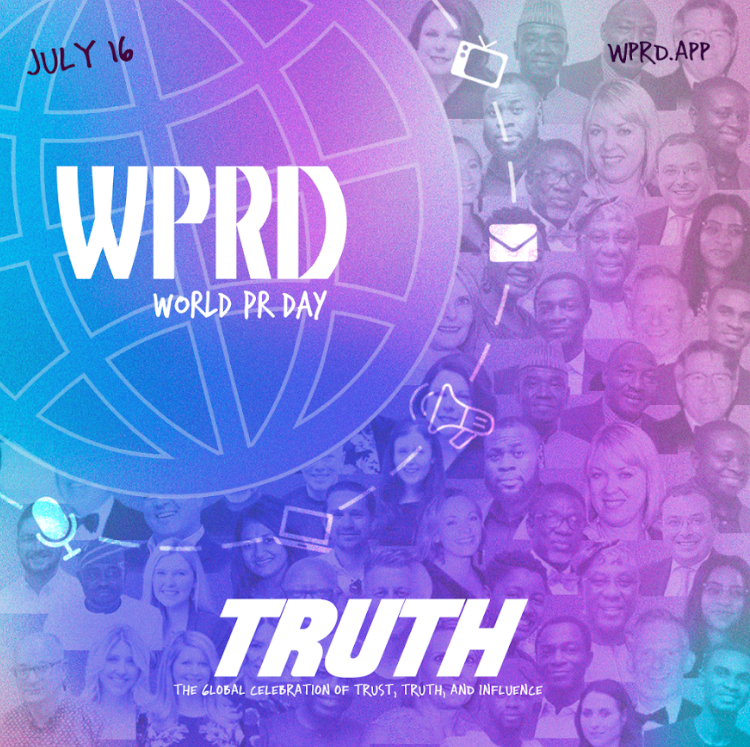
Advertisement
Another instance of PR saving the day was in 2017 when Pepsi kicked off a new ad campaign with a commercial starring Kendall Jenner. The ad saw Kendall Jenner handing a police officer a can of Pepsi in what appeared to be a Black Lives Matter protest. The backlash was immediate and fierce, but in Pepsi’s defence, so was their crisis management.
Pepsi took down the ad from all channels and killed the campaign which cost millions of dollars—a small price to pay to save their reputation from being damaged even further. Less than 24 hours later, the beverage company followed up with a second statement saying: “Pepsi was trying to project a global message of unity, peace, and understanding. Clearly, we missed the mark, and we apologize.” The response was heralded for its speed and sincerity, and it took a while for them to recover from the embarrassing situation, but they did.
It is important to know that when companies fail to activate their PR response in time, the results can be disastrous. In 2017, Ford South Africa was forced to recall more than 4,000 Kuga Ecoboost 1.6 litre models after over 40 cases of engine fires had been reported. To further compound Ford’s misery, one death allegedly resulted from a Ford Kuga exploding in December 2015. This led to the company being attacked viciously in the media with radio stations being inundated with calls from angry customers, some of whom resorted to legal action against the company.
Ford could have been swift in handling the matter, showing empathy to their customers, and saving their reputation in the process, but the mobilisation of their PR arm was anything but swift and strategic, and they paid for it. Ford South Africa initially avoided the issue before recalling the 4000 models in 2017. In this period, they also failed to produce a satisfactory response while criticism of them intensified. The public faith and trust in them waned significantly and they suffered financial losses and reputational damages.
If anything, the aforementioned cases show that PR should have a more prominent role and should play a central role. As we make efforts to showcase the importance and untapped potential of public relations on World PR Day, it is time we recognise the practice as the machine it is – one that should inform every decision made, every word spoken, and every action taken.
Views expressed by contributors are strictly personal and not of TheCable.
